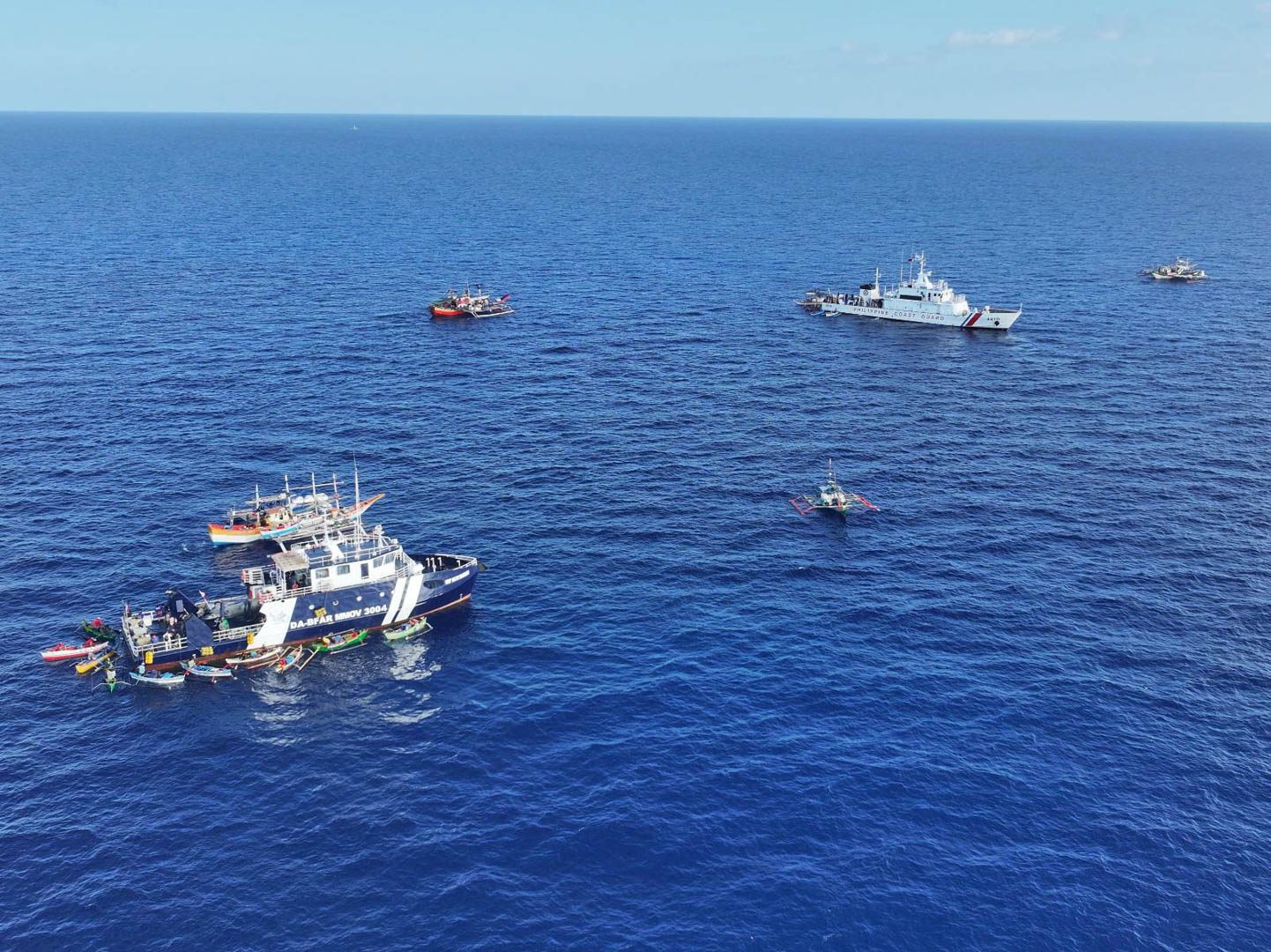SUMMARY
This is AI generated summarization, which may have errors. For context, always refer to the full article.

MANILA, Philippines – The Philippines and the United States are eyeing an expansion of Manila’s access to the SeaVision program.
In a joint statement from the first-ever US-Philippines Space dialogue in Washington DC, the treaty-allies said they “recognized the potential for expanded cooperation on the use of space for maritime domain awareness, including through the US Department of Transportation-led SeaVision program.”
According to the Philippines’ Department of Foreign Affairs (DFA), the Philippines has had access to the system since 2021. Specifically, the Philippine Coast Guard, Philippine Navy, Bureau of Fisheries and Aquatic Resources, and National Coast Watch Center have been able to use the program.
A source familiar with bilateral discussions said there’s talk to expand access to different products of the program, including those that may tap into private satellites.
SeaVision is a web-based tool that gives users access to maritime information.
In the joint statement, the Philippine and the US said access to SeaVision could “help monitor and document vessels in the Philippines’ territorial waters and Exclusive Economic Zone, ensure the safety of mariners at sea, monitor and help protect the environment, and help combat illegal, unreported and unregulated (IUU) fishing.”
The meeting took place on May 2, with delegations led by Rahima Kandahari, Deputy Assistant Secretary, State Department Bureau of Oceans and International Environmental and Scientific Affairs of the US; and the Philippines’ Gay Jane Perez, Deputy Director General for Space Science and Technology of Philippine Space Agency (PhilSa).
The two countries also discussed the following:
- Earth observation as a priority area for bilateral cooperation, to include programs that “use satellites to better forecast weather patterns; support agricultural and infrastructure planning; help monitor and combat climate change and pollution; prepare for and respond to disasters; improve natural resource use; and provide vital telecommunications services”
- Possibility of the Philippines hosting a US Geological Survey (USGS) Landsat ground station
- Expand the provision of satellite-enabled broadband Internet services to remote and underserved areas of the Philippines, including a PhilSA initiative in cooperation with USAID BEACON
- The Philippines’ openness to signing the Artemis Accords
- Expand bilateral exchange and training programs on the use of Earth observation satellite data, development of space applications and technologies and other space science and skills, including fellowships, scholarships and internship programs
The meeting took place weeks after US President Joe Biden and Philippine President Ferdinand Marcos Jr. met in the White House in April for the Japan-Philippines-United States trilateral summit. – Rappler.com
Add a comment
How does this make you feel?





There are no comments yet. Add your comment to start the conversation.